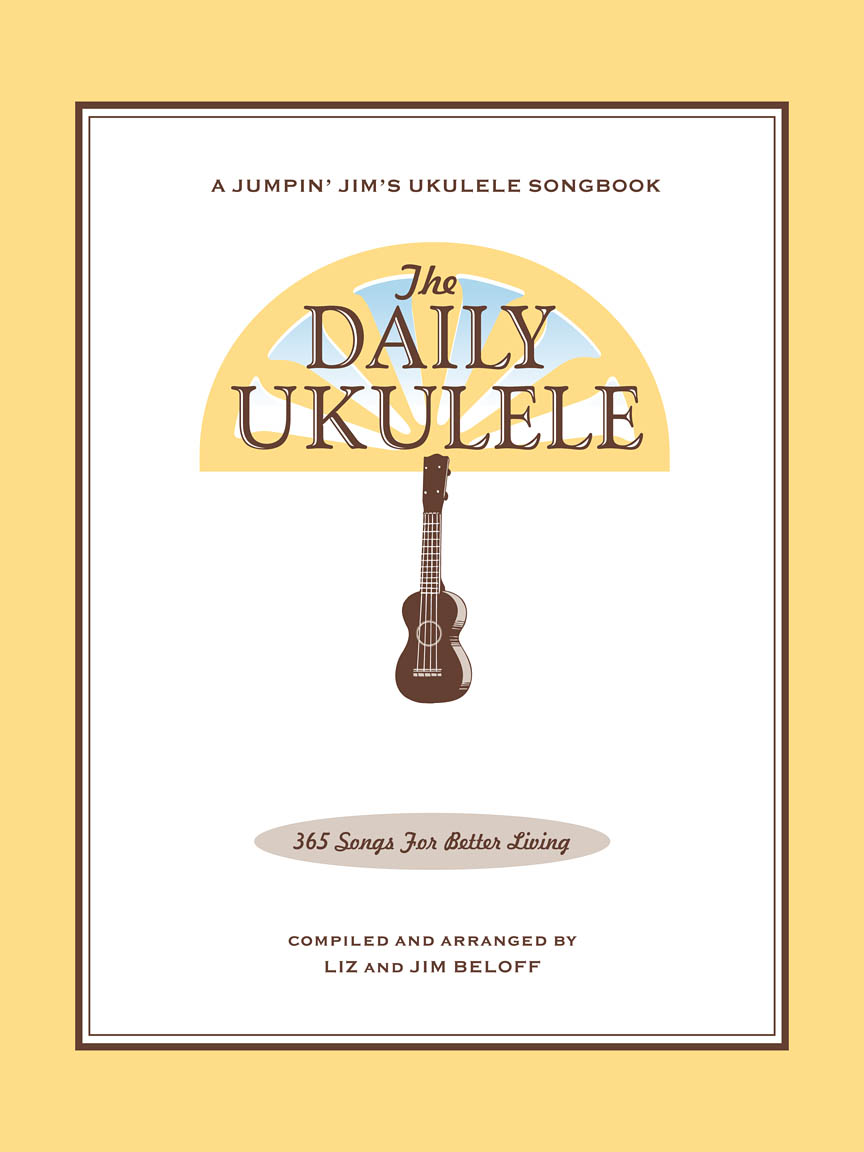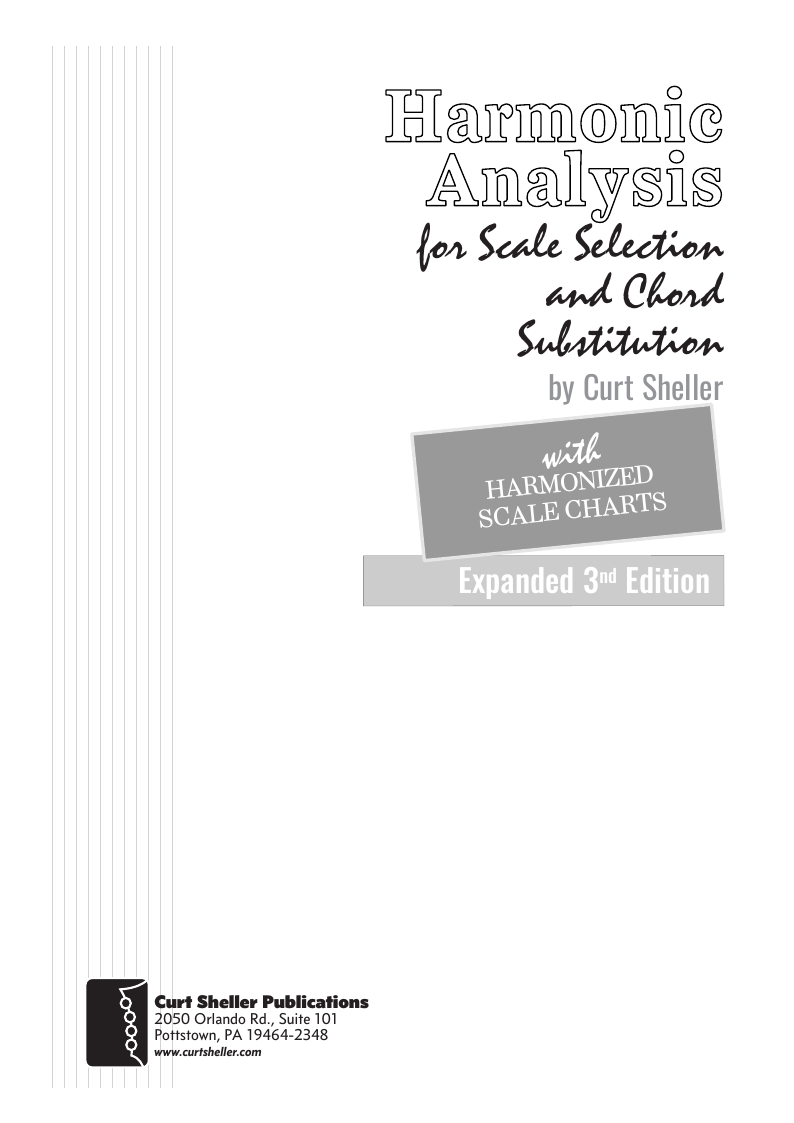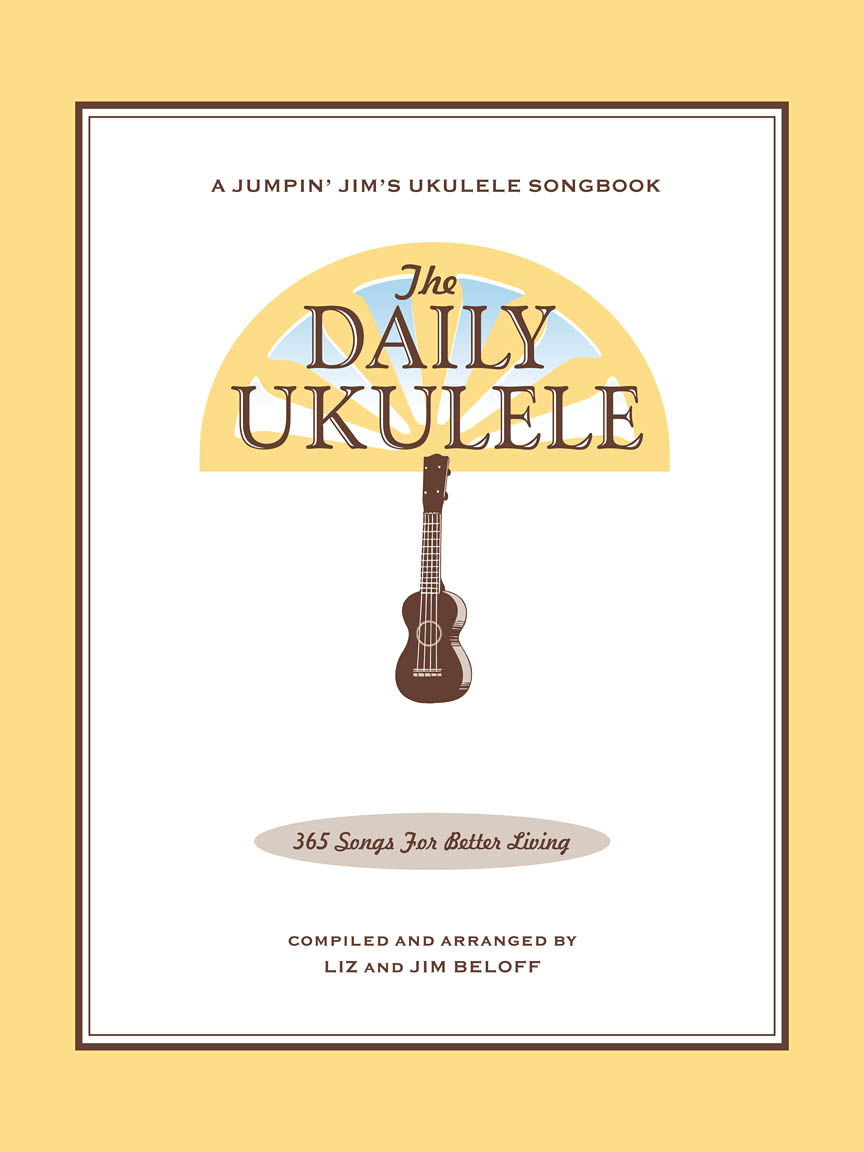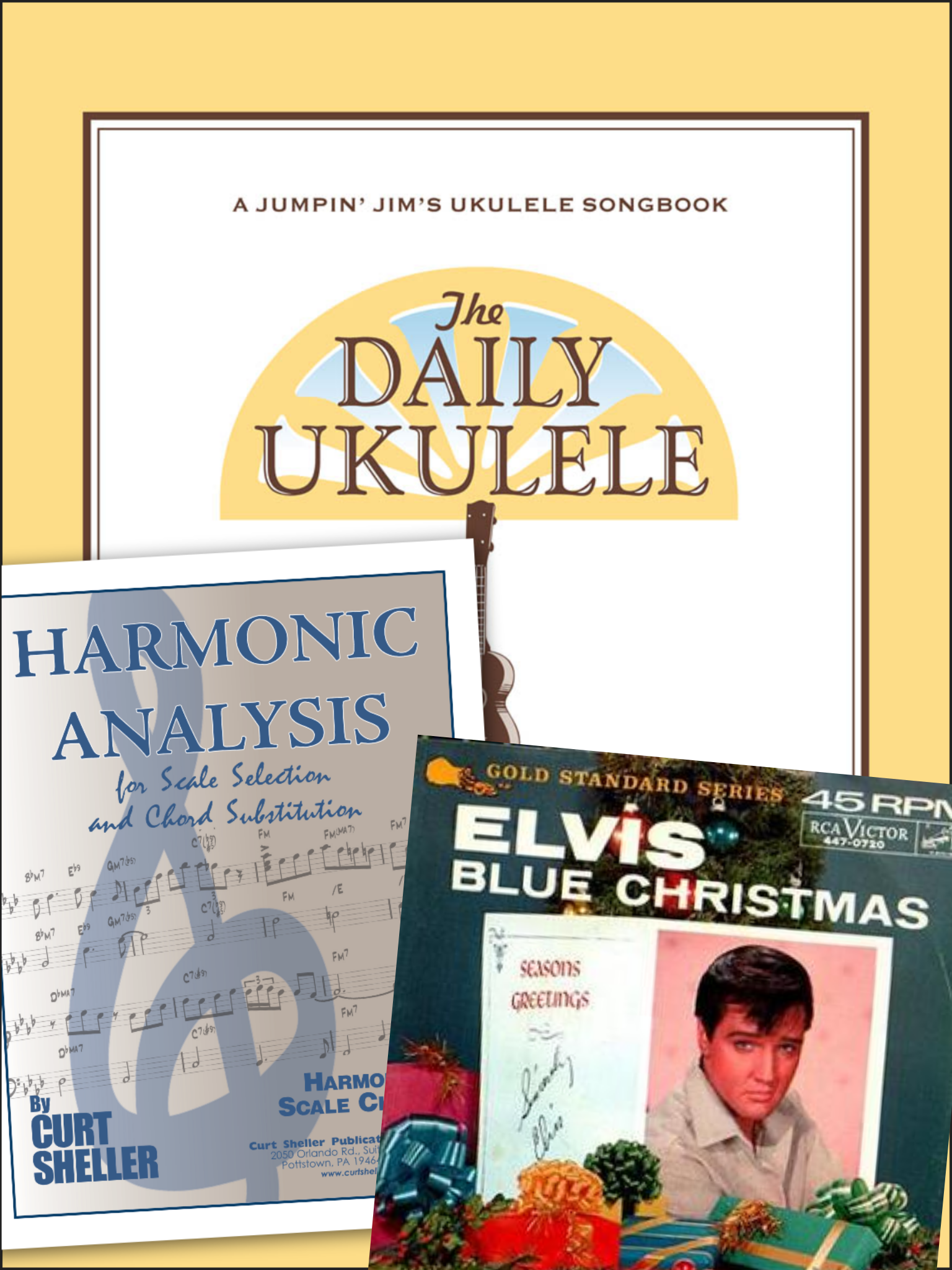Harmonic Analysis (RMA) Worksheet for the song: "Blue Christmas".
Harmonic Analysis (RMA) Worksheet for the song: Blue Christmas.
Blue Christmas is a Christmas song written by Billy Hayes and Jay W. Johnson and most famously recorded by Elvis Presley, although it was first recorded by Doye O'Dell in 1948. It is a tale of unrequited love during the holidays and is a longstanding staple of Christmas music, especially in the country genre.
The song was originally recorded by Doye O'Dell in 1948,[3] and was popularized the following year in three separate recordings: one by country artist Ernest Tubb, one by musical conductor and arranger Hugo Winterhalter and his orchestra and chorus, and one by bandleader Russ Morgan and his orchestra (the latter featuring lead vocals by Morgan and backing vocals by singers credited as the Morganaires).[4] Tubb's version spent the first week of January 1950 at No. 1 on Billboard magazine's Most-Played Juke Box (Country & Western) Records chart, while Winterhalter's version peaked at No. 9 on Billboard's Records Most Played by Disk Jockeys chart, and Morgan's version reached No. 11 on Billboard's Best-Selling Pop Singles chart.[5] Both Morgan's and Winterhalter's versions featured a shorter pop edit of the original lyrics. Also in 1950 crooner Billy Eckstine recorded his rendition, backed by the orchestra of Russ Case, with these shortened lyrics in a variation close to what is now the common standard for this song; the orchestral backing of this recording has often been wrongly accredited to Winterhalter. (wikiwand);

The Daily Ukulele— 365 Songs for Better Living book.








NOTE: When there is 2 measures of the Tonic I chord. There is a lot you can do with substitutions. Even the II V leading to the I has a lot of potential for some harmonic creativity. See the Harmonic Analysis for Scale and Chord Selection book for substitution choices.
VI7
( V of II)
II7
( V of V)
TB is a II V Turnback if starting the song over. THis harmonically leads our ear to the start I chord.
A Harmonic Analysis (RMA/HA) and its worksheet are intended to show the function of the chords, the harmonic principles used, the keys and tonalities the song explores. And, can be used for scale selections and chord and scale substitutions.
lead leadsheet.Minimal roadmap information such as repeats, fine, D.S., D.C., and codas has been used in preparing the worksheets to somewhat mirror the leadsheet in the Daily Ukulele book.
Yellow Book. You should start to recognize that 1st endings typically always return to a previous verse or an
 section. With a 2nd ending, a transition to a different part of the song, a
section. With a 2nd ending, a transition to a different part of the song, a  or chorus. Harmonic Principles are used for these repeats and transitions.
or chorus. Harmonic Principles are used for these repeats and transitions.- Blue Christmas is in d/4 and the Key of C .
- Full Diatonic
- Partial Diatonic • Full Diatonic includes Secondary Dominant chords
- Chromatic

Scale Abbreviation Legend
Traditional Scale Names:
Maj: Major,
Dim: Diminished,
WT: Whole Tone,
Pent: Major Pentatonic,
Scale Mode Names:
Ion: Ionian,
Dor: Dorian,
Phrygian: Phrygian,
Lyd: Lydian,
Mix: Mixolydian,
Aeol: Aeolian,
Loc: Locrian
Contemporary Scales: Minor Pent: Minor Pentatonic, Pent: Major Pentatonic, Blues,
Scale/Mode Names: Ion: Ionian (Major), Dor: Dorian (Minor), Phrygian: Phrygian, Lyd: Lydian, Mix: Mixolydian (Dominant), Aeol: Aeolian (Natural Minor), Loc: Locrian


Any performance that includes a section of NOT playing the melody would probably be a phrased melody as a solo. Think of it as create a long lost melody that nobody new existed.
- (wikiwand) Blue Christmas
- Blue Christmas •
Related Lessons, Videos, Lesson Series, Songs, Books & Reference Charts, Resources & Assets, Workshops are below.

Harmonic Analysis ( HA ) is the process used to determine the harmonic function of chords within a chord progression. A chord progression is defined as a sequence of chords, each chord has a root and has a particular chord type. The relationship of a chord's root to a scale determines its function within that scale's tonality. Once a chord's function is identified, scale selections along with chord and scale substitutions can be made. This process is called Root Movement Analysis ( RMA ). This series of lessons are extracted from my book for use with individual private and on-line students. Each lesson directly corresponds the chapters in my book Harmonic Analysis for Scale Selection and Chord Substitution by Curt Sheller (me).

Harmonic Analysis (HA), also known as the study of chord relationships, is the method used to identify the harmonic role of chords within a chord progression or song. A chord progression refers to a sequence of chords, with each chord having a root note and belonging to a specific chord type. The function of a chord within a particular scale's tonality is determined by its relationship to that scale.

Harmonic Analysis is the understanding of the functional sequence of chords. It is the process used to analyze the harmonic structure of a progression, song or composition. This analysis is then used to make scale selections for improvisation and chord substitution.

Strum a different song every day with easy arrangements of 365 of your favorite songs in one big songbook! The Daily Ukulele features ukulele arrangements with melody, lyrics and uke chord grids and are in ukulele-friendly keys that are particularly suited for groups of one to one hundred to play and sing.

Finally, learn the names of the notes of the ukulele fingerboard in C tuning .

Learn the six fingering principles to navigating the ukulele fingerboard. Fingering is one of the most universal topics. Book: Six Secrets of the Ukulele Fingering

Harmonic Analysis is the understanding of the functional sequence of chords. It is the process used to analyze the harmonic structure of a progression, song or composition. Book: Harmonic Analysis for Scale Selection and Chord Substitution

Learn to read single note melodies in the first/open position is a lot easier than you might think. Book: Ukulele – Reading Music Series – Primer

An organized collection of daily practice and reference material for the contemporary ukulele player for developing the vocabulary and knowledge necessary for single note playing. Book: Daily Practice Material for the Contemporary Ukulele
Checkout the Books & Reference Charts for additional Handy, Dandy Reference Charts.

Ukulele Fingerboard Chart for C Tuning, Low or High G – G C E A

Ukulele Fingerboard Chart for G Tuning, Low or High A – D G B E

A handy reference chart of all 15 major and relative minor key signatures. US Letter 8.5 x 11 sized (ANSI-A), A4
Checkout the Books & Reference Charts for additional Handy, Dandy Reference Charts.





.jpg)